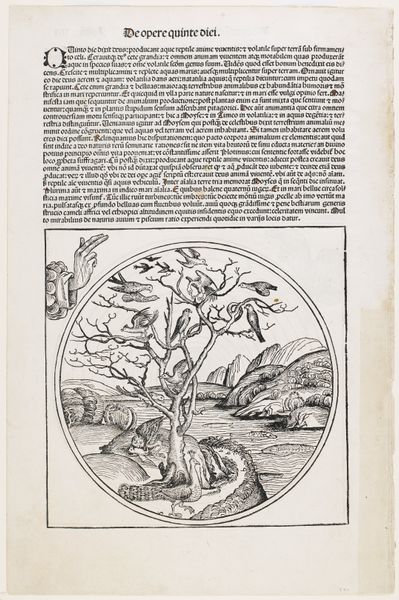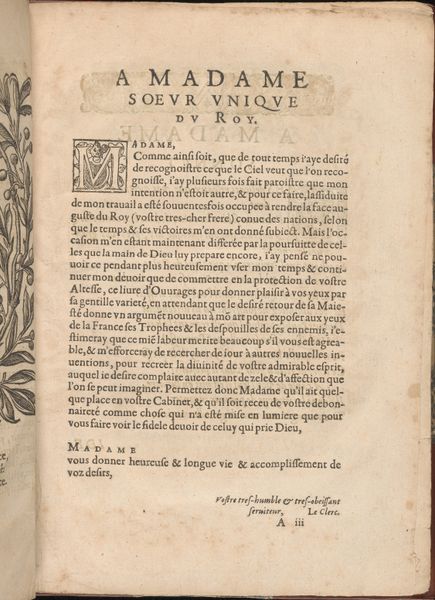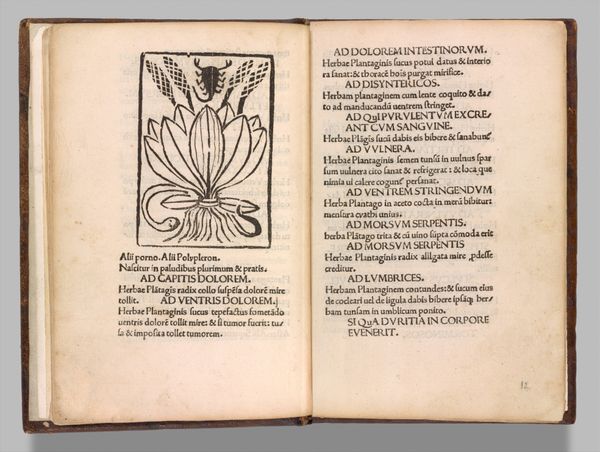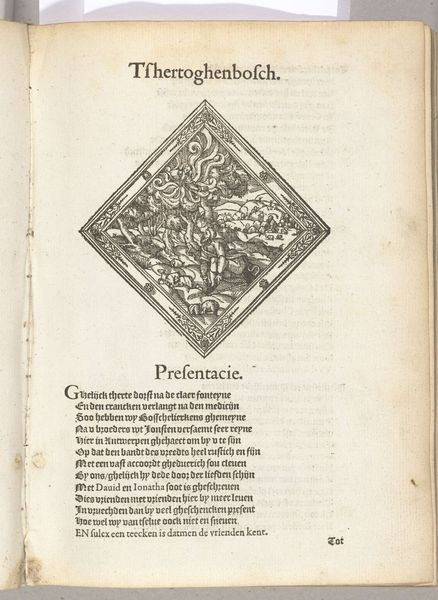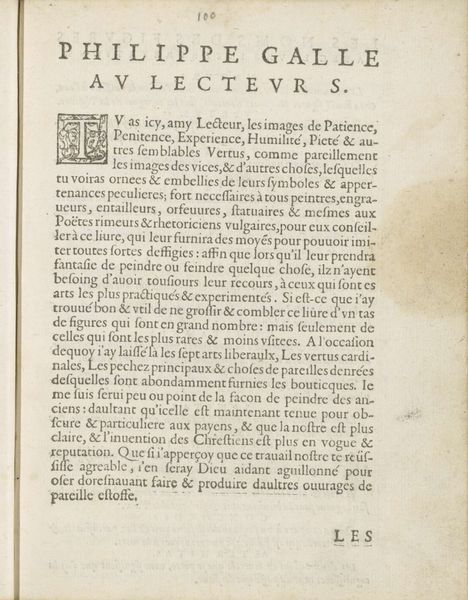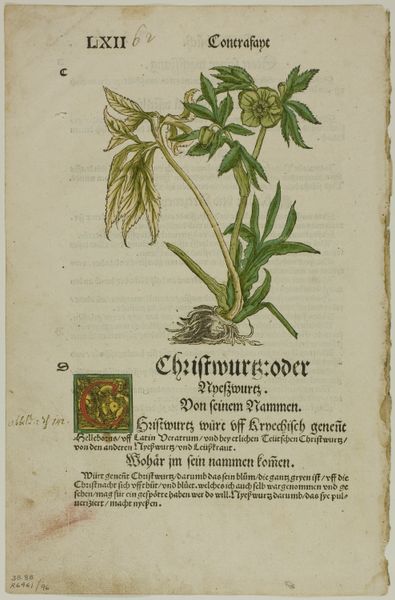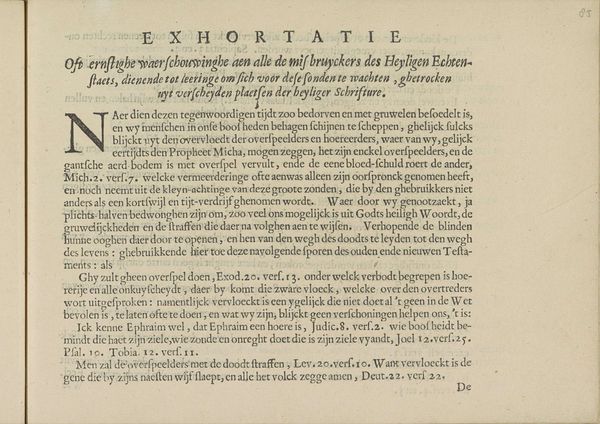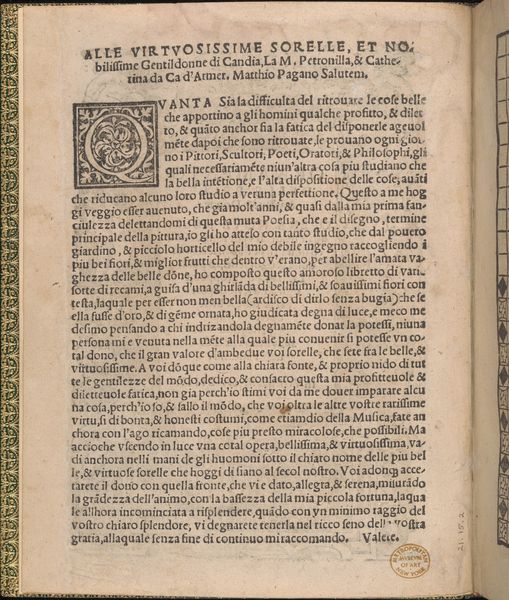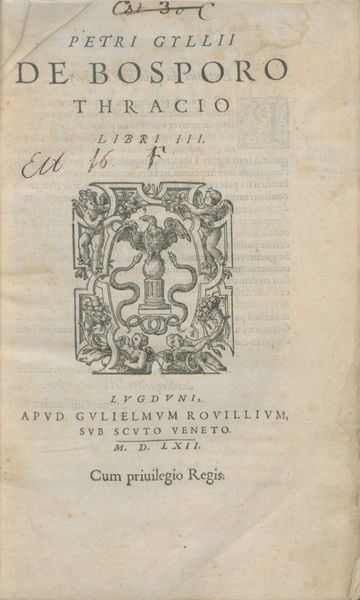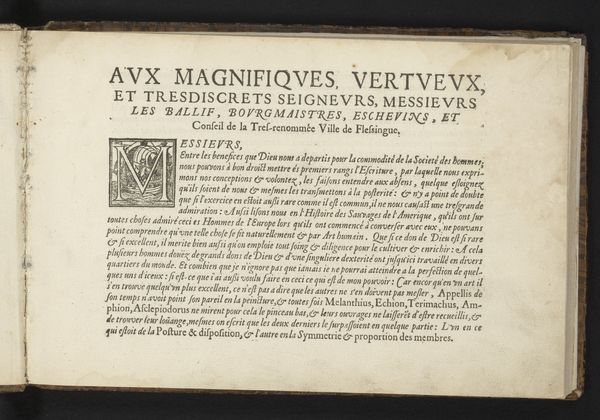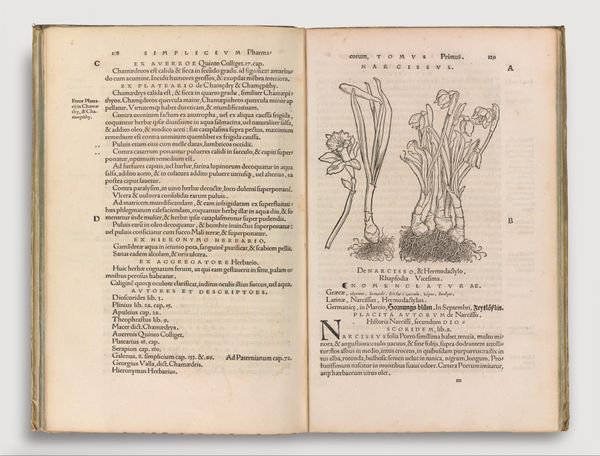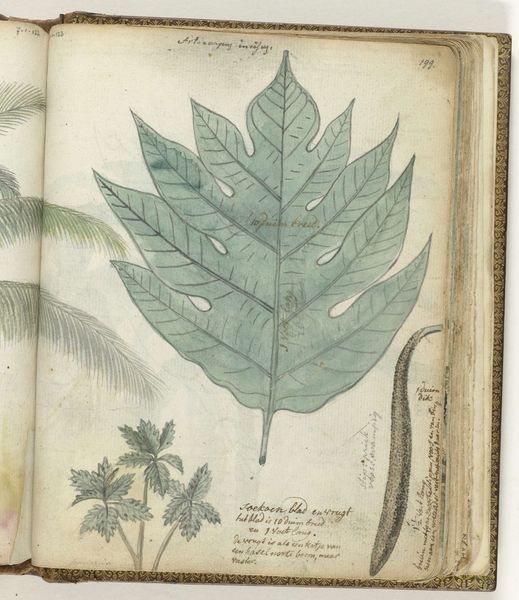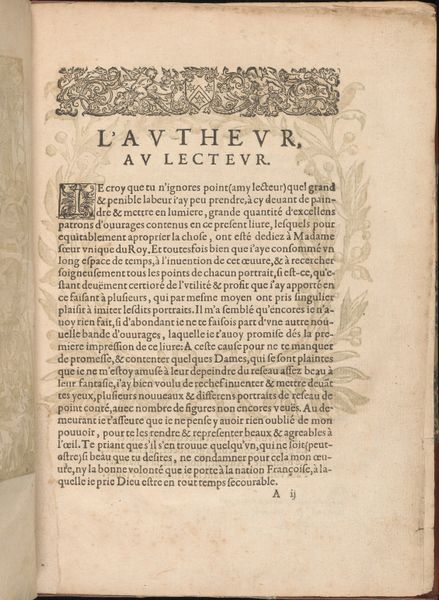
Esula Minor from Herbarium, Plate 46 from Woodcuts from Books of the 15th Century c. 1491 - 1929
0:00
0:00
drawing, graphic-art, print, paper, woodblock-print, woodcut
#
drawing
#
graphic-art
#
medieval
# print
#
figuration
#
paper
#
woodblock-print
#
woodcut
#
line
#
northern-renaissance
Dimensions: 93 × 64 mm (image); 195 × 141 mm (sheet)
Copyright: Public Domain
Editor: So, this woodcut, "Esula Minor from Herbarium," is from around 1491, but printed later in 1929. It shows a detailed plant illustration accompanied by text. I’m struck by the contrast between the plant's delicate lines and the dense block of text. It feels very utilitarian, almost like a manual. What do you see in this piece, especially considering the time it was made? Curator: Well, what jumps out at me is precisely that "utilitarian" aspect. Think about the late 15th century: the rise of print culture and the standardization of knowledge. This isn't just a pretty picture of a plant; it’s part of a larger movement of cataloging and classifying the natural world, often driven by practical needs, like medicine. Editor: Medicine? The text seems like it could be a list of ingredients or instructions. Curator: Exactly. It is also very clear that print was gaining an appeal through its potential to reach an exponentially growing readership. We can tell this herbarium reflects not only botanical interests but social and economic developments. The very act of illustrating and distributing this information had significant political implications regarding power over natural resources. Do you think there's a connection between visual representation and ownership here? Editor: Hmm, I hadn’t thought of it that way. I guess visually codifying knowledge made it more accessible, but also, in a way, controllable by those who could afford to produce and distribute it. It’s not just about identifying a plant; it’s about controlling the knowledge of its uses, potential benefits. Curator: Precisely! The image may look simple, but it exists within the context of institutional structures and the socio-political realities of its time. It reminds us that even botanical illustrations can reflect complex power dynamics. Editor: I see your point. Looking at it now, it feels less like a straightforward depiction and more like a statement about knowledge and its control. Curator: Indeed, analyzing the social and cultural implications reveals deeper meaning, even in seemingly simple botanical art. Editor: Thanks, that helps me see beyond just the surface of the artwork.
Comments
No comments
Be the first to comment and join the conversation on the ultimate creative platform.
